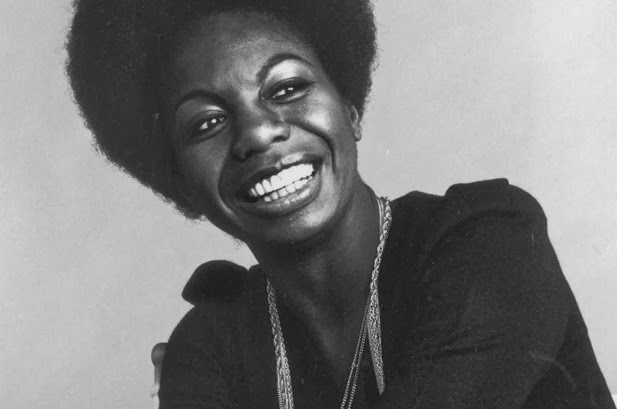Nina Simone and the Blues Tradition
 When Nina Simone heard about the 1963 church bombing in Birmingham, Alabama, she was listening to the radio at home. Filled with so much anger, she went to her garage and tried to make a gun. As she later explains in I put a Spell on You “I had it in my mind to go out and kill someone. I didn’t know who, but someone I could identify as being in the way of my people getting justice for the first time in three hundred years”. Her husband, Andy–standing behind her finally said, “Nina, you don’t know anything about killing. The only thing you’ve got is music.” She put down her tools, went to her piano, and wrote “Mississippi Goddam.” In the words of the poet Saeed Jones, “music was her gun.”
When Nina Simone heard about the 1963 church bombing in Birmingham, Alabama, she was listening to the radio at home. Filled with so much anger, she went to her garage and tried to make a gun. As she later explains in I put a Spell on You “I had it in my mind to go out and kill someone. I didn’t know who, but someone I could identify as being in the way of my people getting justice for the first time in three hundred years”. Her husband, Andy–standing behind her finally said, “Nina, you don’t know anything about killing. The only thing you’ve got is music.” She put down her tools, went to her piano, and wrote “Mississippi Goddam.” In the words of the poet Saeed Jones, “music was her gun.”
June Jordan’s book Some of Us Did Not Die comes to mind here. In the essay “Nicaragua: Why I Had To Go There,” she writes: “Here in the United States you do get weary after a while; you could spend your best energies forever writing letters to the New York Times. But you know, in your gut,that writing back is not the same as fighting back.”
And because she knew that fighting back would require more than her music, Nina Simone lent her whole self to the Civil Rights movement. From political rallies to protest songs, her intense rage was anchored in and ensconced by a tradition of truth-telling that knew no boundaries. Kalamu ya Salaam observed that she had eyes that “Done seen and survived slavery.” And they were eyes that would not allow her to turn away from the patriarchal white supremacy that ruled the day.
To be told that “all you’ve got is music” was not a slap to Nina Simone’s face, or a sharp spirit-stabbing truth, but an invitation to join a larger struggle. She knew that artists have community functions that far too many have shirked. More importantly, she knew that fighting back was not an option.